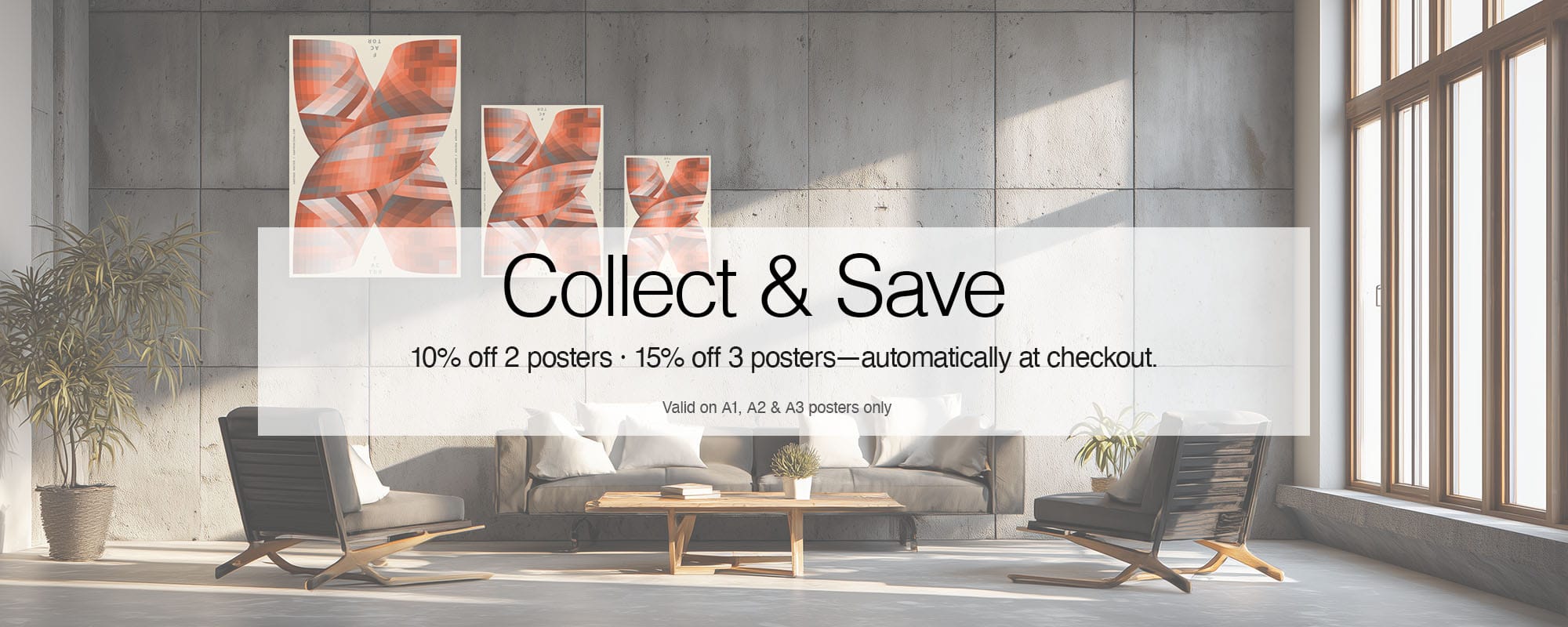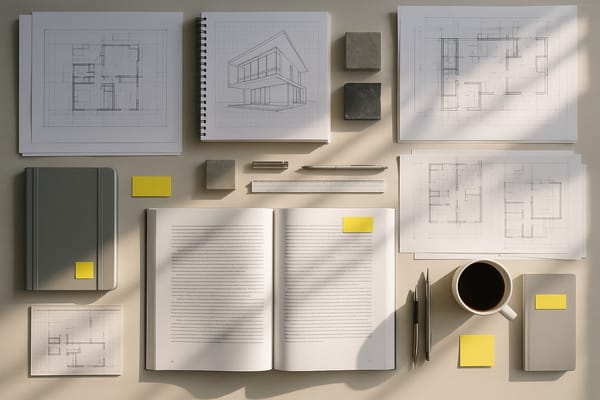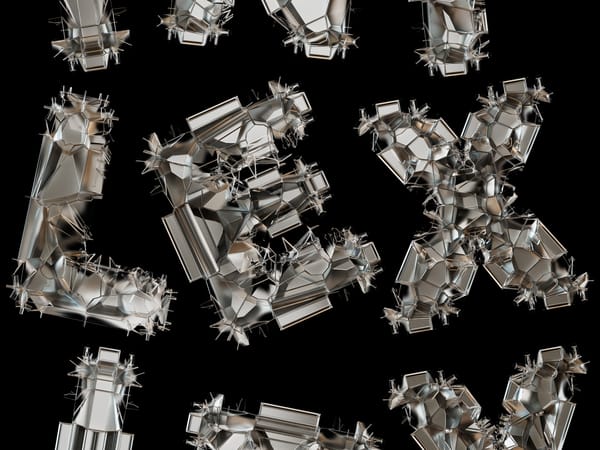The Things That Last Are the Ones We Repeat
"What lasts isn’t born from novelty—it’s shaped by what you choose to repeat."
Every creative has a few projects they’re proud of. The ones that felt effortless, that seemed to flow. But when you look closer, those moments of ease didn’t come out of nowhere—they were built on repetition.
Behind every “breakthrough” lies a dozen quiet, almost identical attempts.
Behind every strong style lies a pattern practiced again and again.
What lasts isn’t born from novelty.
It’s shaped by what you choose to repeat.
Repetition Builds Permanence
We talk about creativity as if it’s pure invention—an endless stream of new ideas. But the creative life isn’t built on invention alone. It’s built on iteration.
Every designer who develops a distinct voice has one thing in common: they’ve stayed with something long enough to understand it from every angle.
Type, layout, form, composition—none of it sticks after one experiment. The knowledge settles only when you’ve touched the process dozens of times.
Repetition isn’t the enemy of originality—it’s what makes originality possible. You only find your voice by using it repeatedly, not by switching microphones every week.
Consistency Isn’t Boring—It’s Branding
In a world addicted to freshness, it’s easy to confuse consistency with stagnation. But repetition doesn’t mean doing the same thing—it means returning to the same intent.
Think about any strong brand identity, design system, or creative style. What gives it power isn’t the first spark—it’s the rhythm of repetition.
You remember a designer’s work because it carries familiar fingerprints: the spacing, the tone, the treatment of type. Those repeated decisions build trust and recognition.
For freelancers, consistency is your reputation in disguise. Each project, post, or presentation quietly teaches people what to expect from you. If you change direction too often, your audience can’t follow the thread.
The work that lasts communicates not only through its content but through its continuity.
Repetition Is How You Improve What Matters
The difference between doing something once and doing it until it works is the difference between dabbling and mastery.
You can design one poster.
Or you can design a hundred and discover what your eyes missed the first ninety-nine times.
The act of repetition is how you separate preference from principle. The first few versions are about exploration; the later ones are about precision.
In typography, you learn spacing not by studying rules but by feeling them after hundreds of adjustments.
In client work, you learn communication not from a single project but from patterns that emerge after repeating the process over time.
Each repetition teaches restraint, awareness, and confidence—the quiet ingredients that turn creative bursts into sustainable skill.
What You Don’t Repeat, You Lose
Skills fade when they’re not used. Inspiration dulls when it’s not nurtured. Even clarity disappears if you stop making space for it.
That’s why the things that last in your creative life—your craft, relationships, habits, and confidence—require maintenance.
Designing once doesn’t make you a designer. Writing one newsletter doesn’t make you a writer. The identity solidifies only through continuity.
If you want your creative energy to stay sharp, you have to keep showing up for it. Even when it feels slow. Even when no one’s watching.
Repetition is maintenance disguised as momentum.
Small Repetitions Create Big Shifts
The repetitions that matter most are rarely dramatic. They’re the small, almost invisible ones.
Saving your work properly every time.
Reaching out to clients consistently.
Taking a daily walk to reset your mind.
Creating one new idea every week, no matter how small.
These actions look insignificant in isolation, but they compound into reliability, clarity, and flow.
Creative confidence doesn’t arrive in a single spark—it’s built in the quiet rhythm of showing up.
The Myth of Constant Reinvention
Creatives often fear being predictable. We worry that repeating ourselves makes us less interesting. But reinvention without foundation often leads to drift, not growth.
You don’t need to reinvent everything—just keep refining the parts that matter.
Repetition doesn’t lock you in; it deepens your control. Once you’ve built a rhythm you trust, you can bend it intentionally instead of breaking it accidentally.
That’s how creative longevity works: stability first, then evolution.
Closing Thought
The things that last are the ones we repeat.
Ideas fade. Skills rust. Audiences shift. But the patterns you nurture—your process, your rhythm, your craft—those are the things that carry you through.
As a designer or freelancer, you don’t need to chase constant novelty. You just need to protect the repetitions that make you stronger.
Because over time, what you repeat stops being just an action—it becomes your identity.
Lasting work isn’t built on what you start—it’s built on what you return to. Keep returning. That’s how you make it last.

As the year winds down, I’ve added a small offer in the shop—2 posters get 10% off, 3 get 15% off. If you’ve had your eye on one, now’s a good time to refresh your wall before the new year.
→ Browse the collection



